If you're a spice enthusiast, foodie, or someone who just loves experimenting with flavor, you might have stumbled across the term dill pickle salt and wondered—what is it? Is it really just salt with dill? Or is there more to the story?
Introduction to Dill Pickle Salt
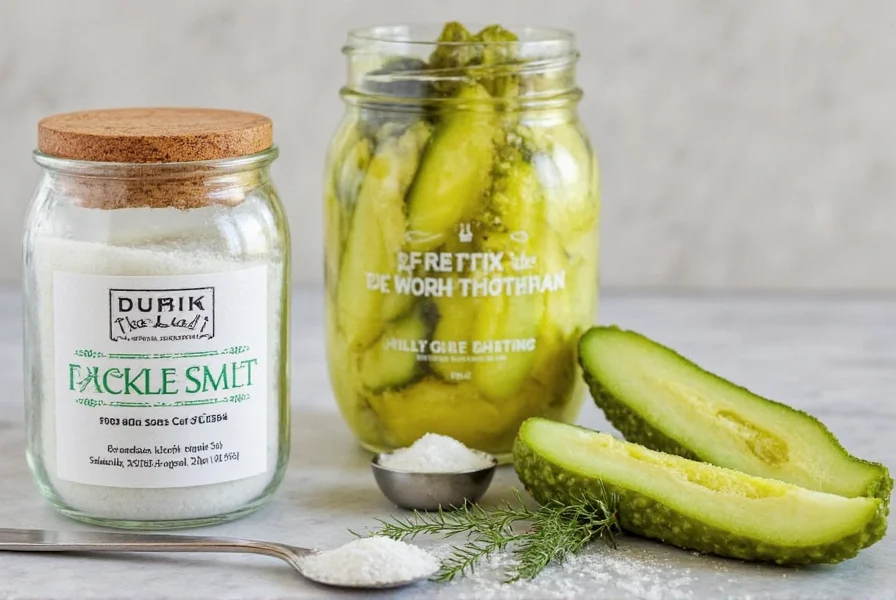
We've all heard of dill pickles—those tangy, garlicky, briny delights that add zing to sandwiches and burgers. But here's the twist: the real magic often comes from the seasoning blend soaked into the cucumbers during fermentation. That blend? Often called dill pickle salt.
More than just a gimmick, this spice mix is becoming a staple in modern kitchens, not just for pickling but as an all-purpose seasoning that adds depth and character to everyday dishes.
What Exactly Is Dill Pickle Salt?
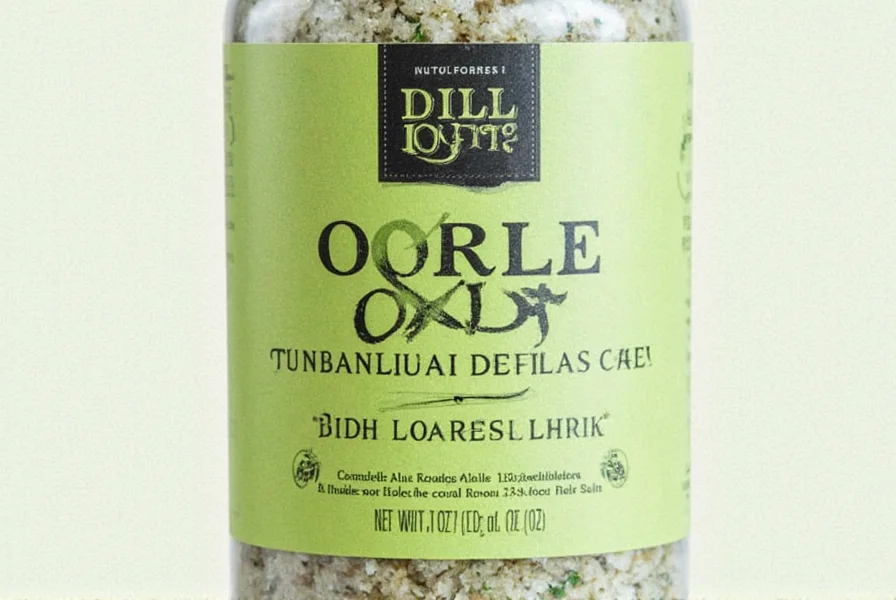
The name can be a bit misleading. Dill pickle salt isn't just one ingredient—it's a carefully balanced spice blend that mimics the signature taste of classic dill pickles. Typically, it includes:
- Coarse sea salt
- Fennel seed
- Mustard seed
- Garlic powder
- Dried dill weed
- Black pepper
- Sometimes celery seed or red pepper flakes for kick
This combination creates a savory, slightly sweet, earthy, and aromatic profile that's unmistakably "pickle-y." Think of it as your pantry shortcut to achieving that tangy, fermented flavor without needing a crock or a month-long wait!
The Science Behind the Flavor
Why does it work so well? Because the spices used are all common in traditional pickling. They naturally enhance umami and provide antimicrobial properties that help preserve the vegetables during fermentation. When ground into a salt blend, they deliver that punch of flavor in a convenient, sprinkle-ready form.
Creative Uses Beyond the Jar
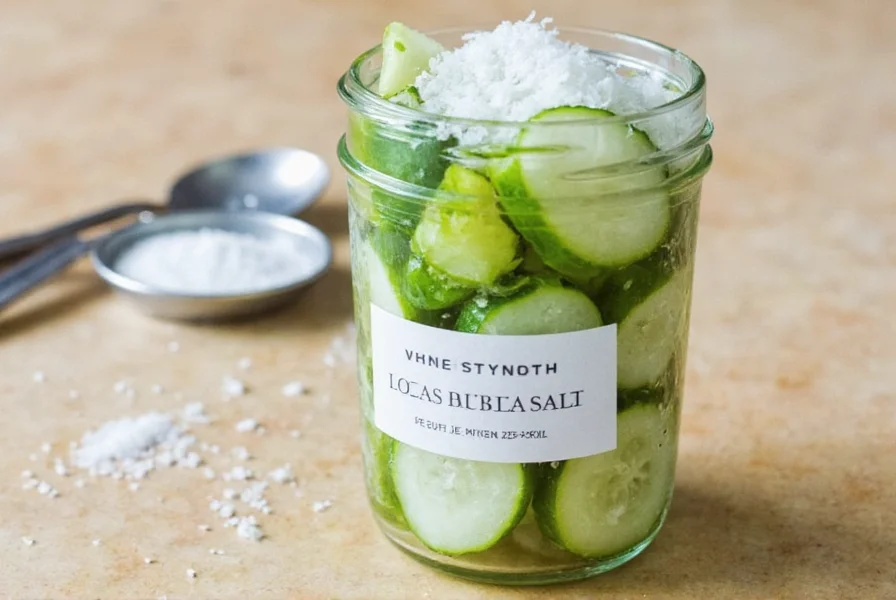
While dill pickle salt has many applications, here are the 5 must-know ways to use it to elevate your everyday meals:
1. Spice Up Popcorn or Potato Chips
Just a light sprinkle over freshly popped popcorn or kettle-cooked chips transforms them into gourmet snacks. It's like eating a jar of pickles… minus the crunch of actual pickles.
2. Add Depth to Grilled Meats
Rub it onto chicken breasts, pork chops, or grilled steak before cooking. It enhances the natural savoriness of the meat and gives it a subtle herbal lift.
3. Boost Baked Potatoes or Fries
Forget sour cream and chives. Sprinkle a little dill pickle salt on hot fries or baked potatoes. It adds complexity and cuts through richness perfectly.
4. Jazz Up Bloody Marys or Tomato Juices
Instead of regular celery salt on the rim, try dill pickle salt. It complements tomato juice beautifully and gives your cocktail that extra oomph.
5. Toss Into Deviled Eggs or Egg Salad
A tiny pinch mixed into deviled egg filling or egg salad gives a delightful tang that balances out the creaminess.
| Use Case | Description | Best Pairings |
|---|---|---|
| Popcorn & Chips | Light sprinkle for tangy flavor | Beer, movie nights |
| Grilled Meat Rub | Pre-cook rub for meats | Beer, grilled veggie sides |
| Bloody Mary Rim | Substitute for celery salt | Lime wedge, olives |
| Deviled Eggs | Mixed into filling | Chopped chives, paprika |
| Marinade Base | Mixed with oil/vinegar | Grilled chicken, tofu |
How to Make Your Own at Home
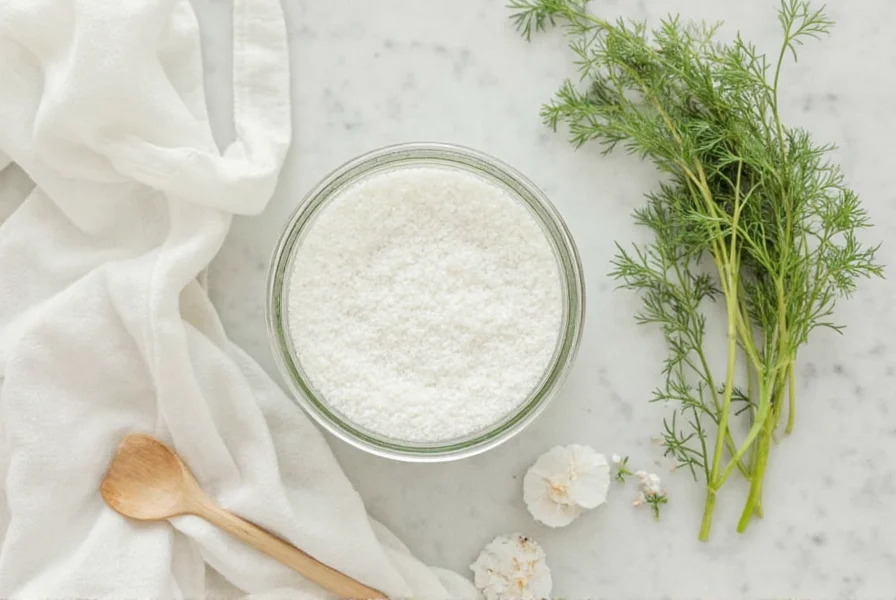
If you're a DIY kind of person, making your own dill pickle salt is super easy—and fun! Here's a basic recipe to get you started:
DIY Dill Pickle Salt Recipe
- 3 tbsp coarse sea salt
- 1 tbsp fennel seeds
- 1 tbsp mustard seeds
- 1 tsp garlic powder
- 1 tsp dried dill weed
- ½ tsp black peppercorns
- (Optional) ¼ tsp crushed red pepper flakes or celery seed
- In a dry skillet, lightly toast the fennel and mustard seeds until fragrant (about 2–3 minutes).
- Let them cool, then grind them together with the other ingredients using a spice grinder or mortar and pestle.
- Store in an airtight container away from heat and moisture.
Pro tip: If you prefer a coarser texture, skip grinding everything—just crush the seeds slightly and leave the dill whole for visual flair.
Buying Guide: What to Look For

While homemade is fun, sometimes you want convenience. Here are some top-rated store-bought dill pickle salt brands, along with what makes each unique:
| Brand | Features | Pros | Cons | Best For |
|---|---|---|---|---|
| Old Bay Dill Pickle Seasoning | Classic blend with a touch of spice | Well-balanced flavor, brand trust | May lack depth for purists | Beginners, Bloody Mary lovers |
| Penzeys Spices Dill Pickle Blend | All-natural, no additives | Pure ingredients, customizable blends | Pricier than others | Chefs, home cooks |
| Spice Islands Dill Pickle Salt | Fine-grind, easy to sprinkle | Inexpensive, widely available | Less robust flavor | Snack lovers, casual users |
| Frontier Co-op Organic Dill Pickle Mix | Organic certified | Great for health-conscious folks | Harder to find in stores | Organic eaters, families |
| Homemade Blends | Totally customizable | Cheap, flexible, fun | Requires effort | Foodies, experimenters |
Key Features to Consider
- Ingredients: Avoid unnecessary fillers or preservatives. Check for quality sources of dill and seeds.
- Texture: Do you prefer a coarse rub or a fine powder? Choose based on your intended use.
- Flavor Balance: Some blends lean more toward garlic, others emphasize mustard seed or dill. Taste samples if possible!
- Quantity: Larger containers are better if you plan to use it often, especially for grilling or batch cooking.
Frequently Asked Questions
What are the top 5 ways to use dill pickle salt?
Based on our guide, the 5 must-know uses are: 1) As a seasoning for popcorn and chips, 2) As a rub for grilled meats, 3) On baked potatoes and fries, 4) As a rim for Bloody Marys, and 5) In deviled eggs and egg salad. Each application brings that signature tangy, pickle flavor to elevate ordinary dishes.
Can I use dill pickle salt for pickling actual cucumbers?
Absolutely! While dill pickle salt is excellent as a finishing seasoning, it's also perfect for traditional pickling. Just use it as part of your brine solution according to standard pickling ratios. The spice blend is specifically designed to recreate that classic dill pickle flavor.
Is dill pickle salt just salt and dill?
No, that's a common misconception. Authentic dill pickle salt is a complex blend typically containing coarse sea salt, fennel seed, mustard seed, garlic powder, dried dill weed, black pepper, and sometimes celery seed or red pepper flakes. It's this combination that creates the signature "pickle-y" flavor profile.
How does dill pickle salt differ from regular pickle seasoning?
Dill pickle salt specifically emphasizes dill as the primary herb (hence the name), while other pickle seasonings might focus on garlic, bread-and-butter styles, or spicy variations. The "salt" in the name indicates it's formulated with salt as a primary ingredient, making it suitable as both a seasoning and a pickling salt.
Can I substitute dill pickle salt in recipes that call for regular salt?
You can, but use about 25-30% less since the additional flavors are concentrated. Remember that you're adding multiple seasonings at once, not just salt. For best results, start with less and adjust to taste.
Is dill pickle salt healthy?
Like most seasoned salts, it's safe in moderation. The primary concern is sodium content, so watch your intake if you're sensitive to salt. Many brands offer reduced-sodium versions, and the herbs and spices themselves have various health benefits. Opt for organic versions if you're concerned about additives.
Does dill pickle salt expire?
Not technically, but the flavor will diminish over time as the herbs and spices lose potency. Store it in a cool, dark place in an airtight container and aim to use within 12-18 months for optimal flavor. The salt itself will last indefinitely, but the seasoning blend's complexity will fade.
Conclusion
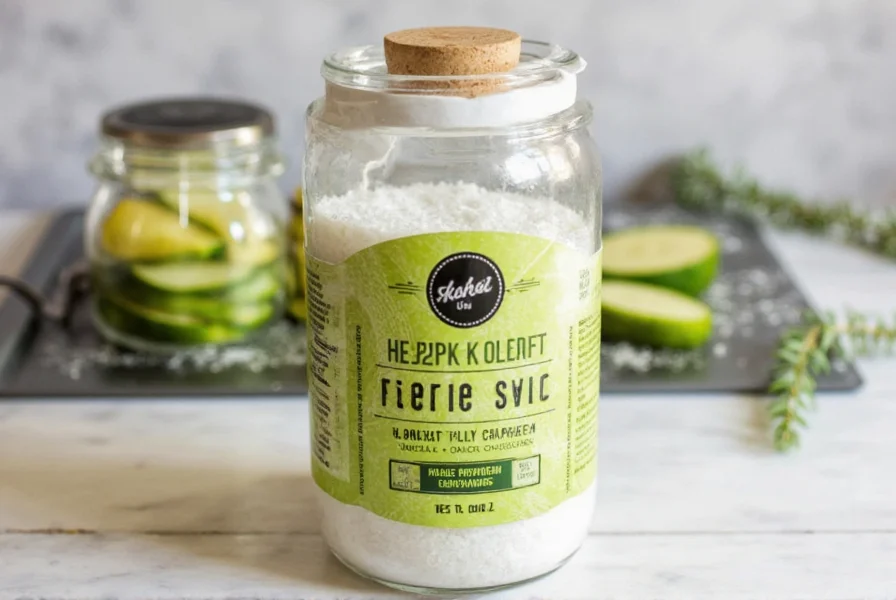
Dill pickle salt may sound niche, but once you start playing with it, you'll wonder how you ever lived without it. Whether you make your own or choose a high-quality brand, this versatile seasoning brings a burst of tangy, herby goodness to countless dishes.
From snack bowls to grilled meats, bloody marys to baked potatoes, dill pickle salt deserves its place in your spice lineup. So go ahead—sprinkle it liberally and embrace the flavor!

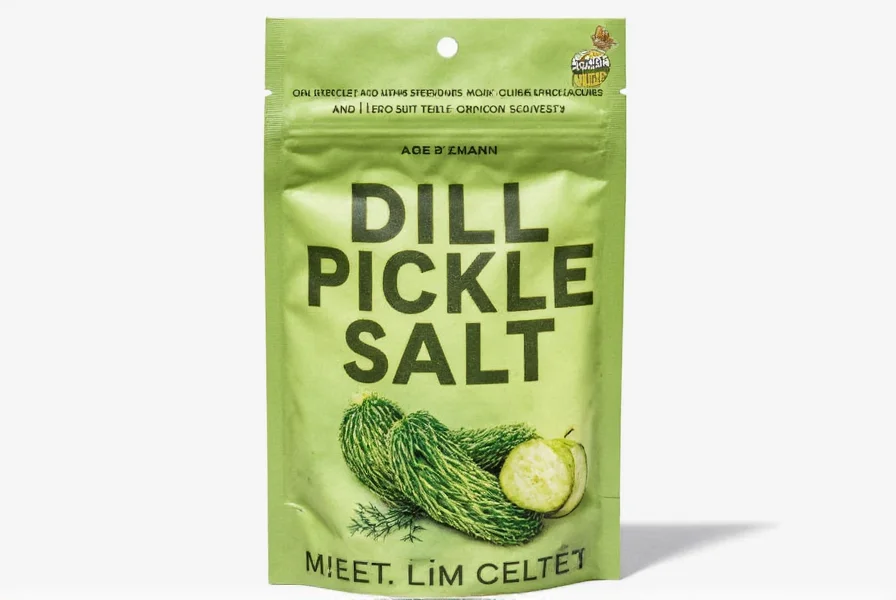









 浙公网安备
33010002000092号
浙公网安备
33010002000092号 浙B2-20120091-4
浙B2-20120091-4